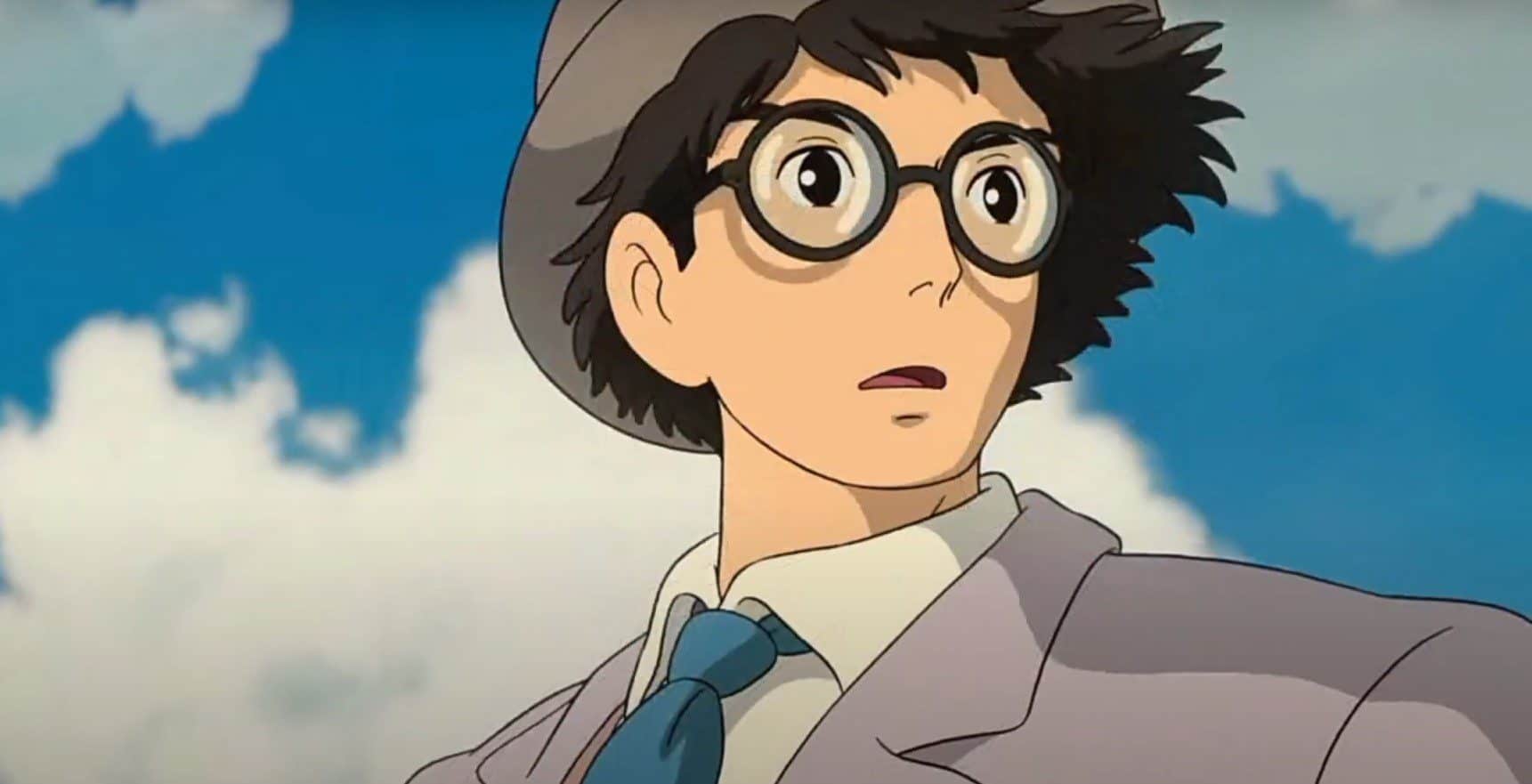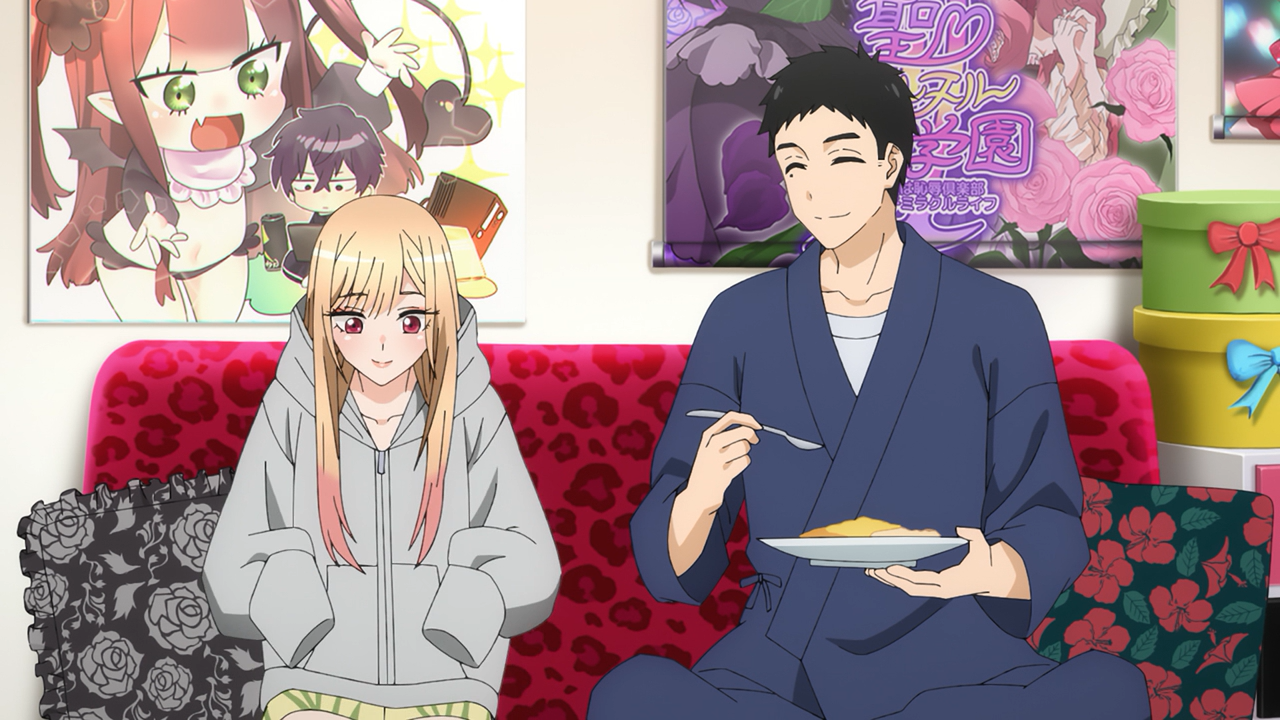Hayao Miyazaki‘s The Wind Rises is his most adult-centered film. Not to say it can’t be enjoyed by young audience members, Miyazaki actually commented on this, saying this film is a little harder than others, but children who see it will one day understand it.
Hayao Miyazaki’s The Wind Rises is an excellent film. Miyazaki’s reputation for innovating Anime is absolutely remarkable. The Wind Rises was seen as Miyazaki’s last anime film, and I am highly impressed and hoping to view more of his films.
The film is a historical biopic on Jirô Horikoshi, the chief engineer of several different Japanese air fighter designs during World War II. And in this article, we’ll talk about a lot of aspects of the film and understand the beauty and the message behind the entire film.
The Wind Rises Explained
The Wind Rises anime documents the life of Jirô as a young boy who dreams of creating spectacular aircraft vehicles to his final creation of the Mitsubishi A6M0 fighter plane. As a young boy, his dream is rooted in his fascination with Giovanni Caproni aircraft designed by one of Italy’s most renowned aircraft engineers.
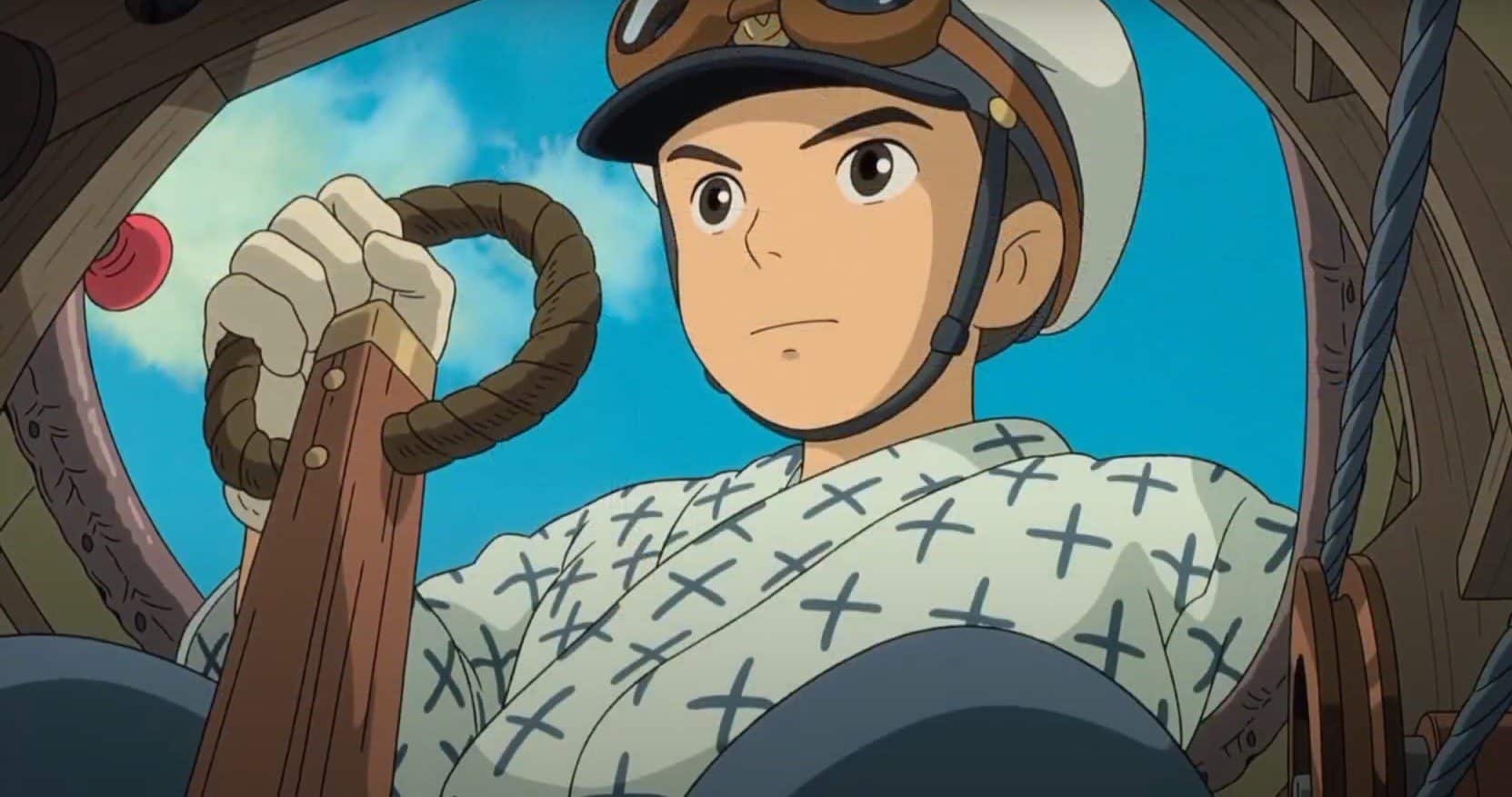
During Jirô’s adult years, he is assigned to work on improving Japan’s fighter planes that will be used for warfare. This upsets Jirô, who would rather have his creations be left out of warfare due to his anti-war beliefs. Despite being anti-war, Jirô continues to build warplanes for Japan because he only views them as magnificent planes, willing to ignore their involvement in the war.
Jirô even mentions during a meeting that to reduce the weight of a plane, removing guns which would drastically help reduce the aircraft’s weight. While the scene is initially played off for laughs, it actually is one of the only times the hero voices some sort of distaste for Japan’s involvement. This mentality wasn’t still in Jirô when he was a child during a scene when he saw a small boy being bullied and rushed in to rescue him.
After the incident, his mother informs Jirô that fighting is never justified. Unfortunately, when the hero is an adult, he is surrounded by people who only view his skills as a means to improve Japan’s military aircraft.
Jirô’s Dreams
It’s established early in the film that Jirô is a dreamer. This is often referenced by his fellow engineers, including his friend Hanji, who jokes about how obsessed he is with his work. During his dream sequences, he interacts with Caproni as they fly. Miyazaki reinforces the dreamlike atmosphere by creating over-the-top landscapes that contribute to the overall dreamy environment. Beautiful clouds fill the sky, along with perfect sunsets. This is also shown by the usage of flying itself.
As shown in Miyazaki’s Spirited Away, flying is used as a visual element to help show magical and fantastic aspects that create an atmosphere of wonder and awe in each scene they are shown in. This, too, is used for the wind rises that capture both Jirô and Caproni’s level of amazement and joy by riding one of his aircraft.
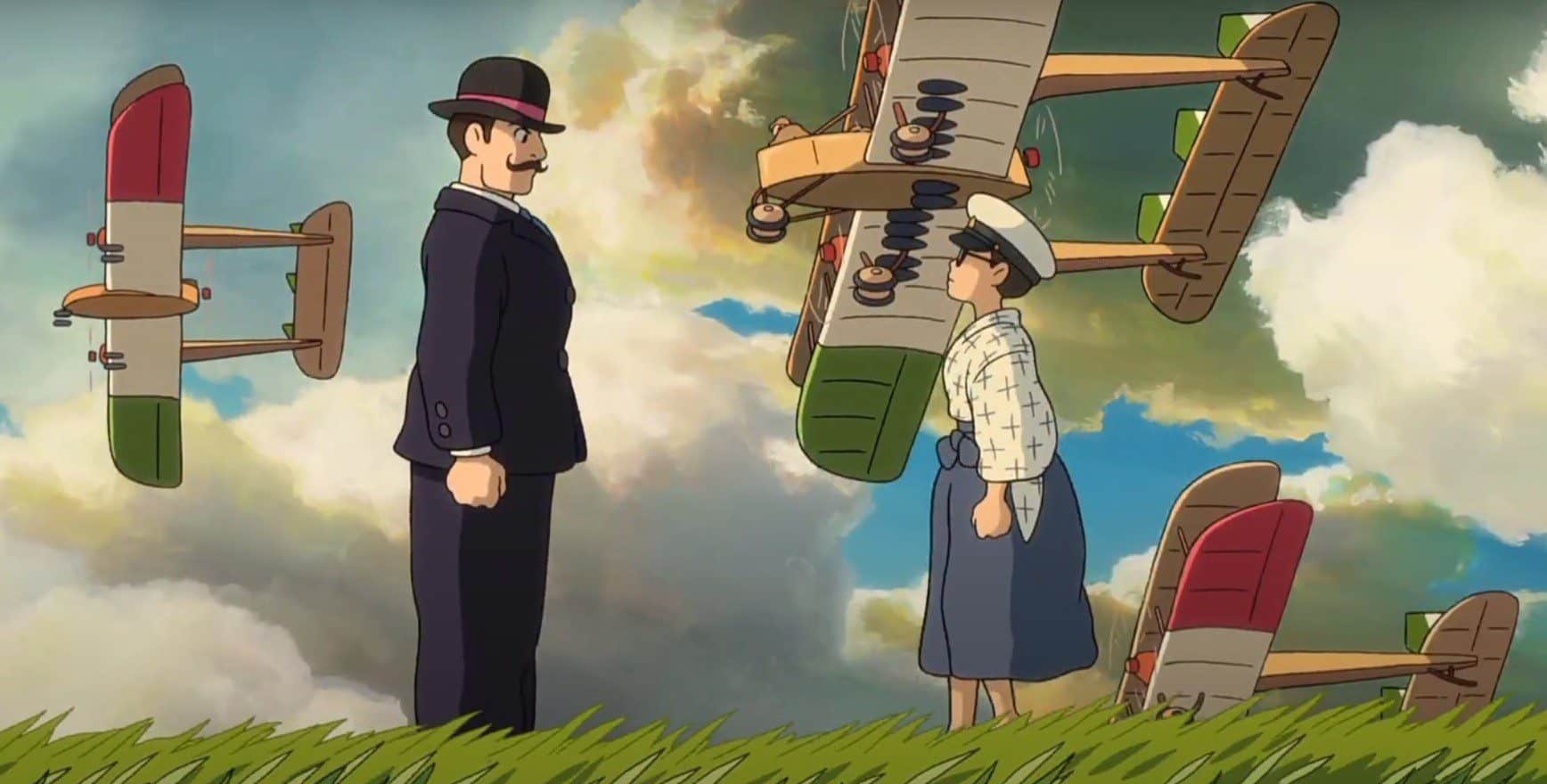
In these dream sequences, instead of riding fighter planes, most of what Jirô rides are regular planes used for carrying passengers reinforcing Jirô’s pacifist nature. He is purely focused on building aircraft that align with his ambitions as a design engineer, though ultimately, his skills are used to create Japanese warplanes.
Jirô’s dream of crafting beautiful planes is ultimately corrupted by his designs being used to fight in World War II, though we only see glimpses of Chihiro speaking out against the war, who seems to turn a blind eye in order to continue pursuing his dream. This idea is showcased throughout the film with constant reminders that Japan is bombing countries such as China and the United States.
Jirô is well aware of the atrocities Japan is committing and seems to believe that his country is flawed when witnessing a Gestapo raid while stationed in Nazi Germany.
Jirô Looking The Other Way For His Dreams
During one of Jirô’s dreams, he is asked by Caproni if he would prefer to live in a world with or without pyramids. This statement is symbolic due to the implication behind it. That being, would Jirô look the other way because of the destruction and chaos attached to his creations if he was able to never let his dream die?
Caproni explains he would want a world with pyramids, to which Jirô responds by saying he only just wants to build beautiful planes. Jirô’s statement further explains the relationship he has with acknowledging his corrupt dream and delaying the confrontation with his morality.
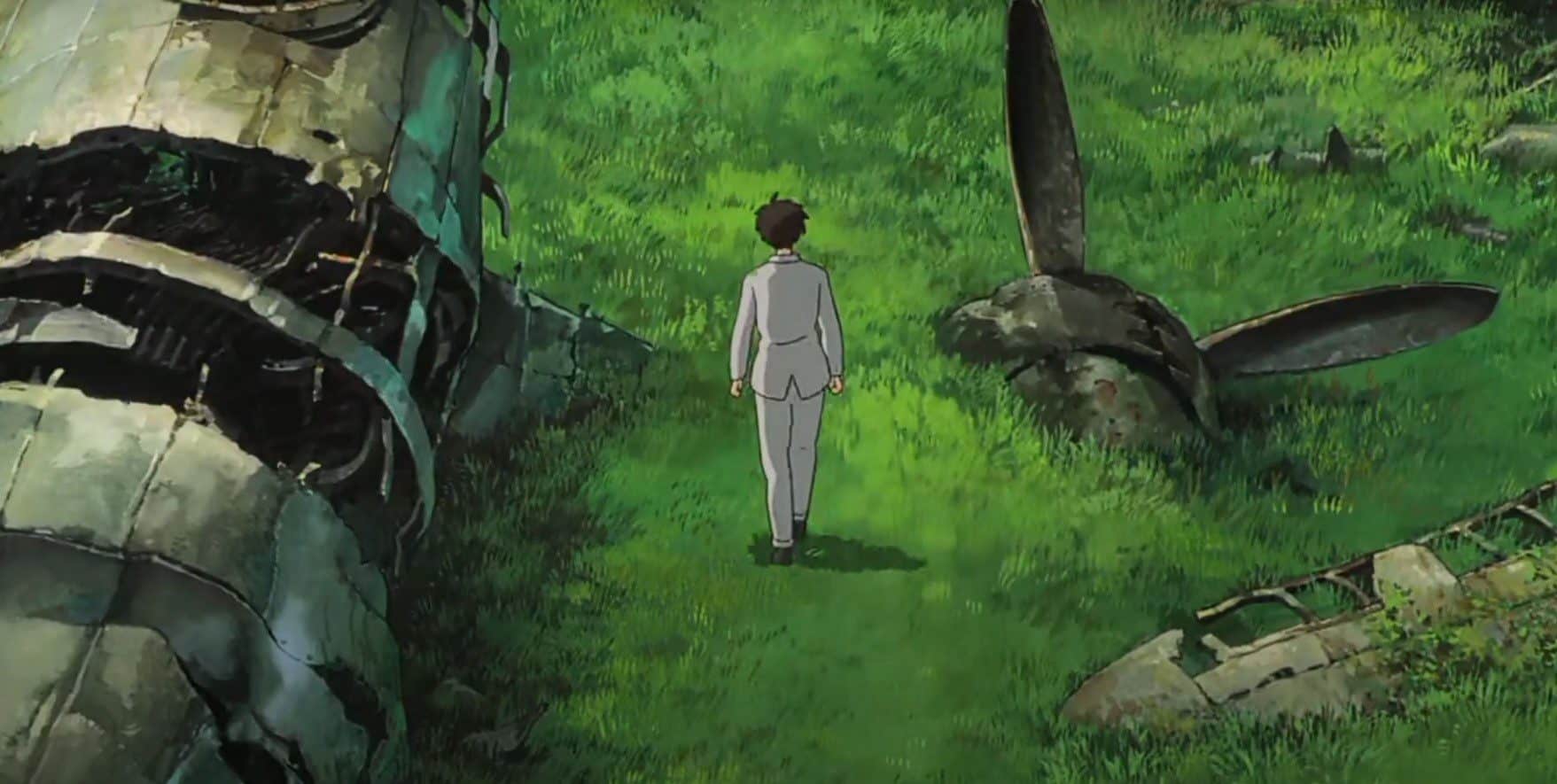
Jirô was a magnificent engineer and artist though his deafness towards his morality is at times relatable and unjustifiable. Although Jirô was a pacifist who would never directly harm anyone, his contribution to Japan led to the creation of a vehicle that would kill thousands of people. However, the film leaves it up to interpretation if Jirô is forgiven. He is portrayed in the film as the main protagonist and the hero for the audience to root for. Though by examining his actions in the narrative, his underlying motives present the characters as having villainous qualities.
Is Jirô The Hero Or The Villain?
In several of Miyazaki’s films, protagonists and antagonists fall somewhere in between a morally grey area. Many of the villains in the story are more fallacious than evil. Jirô is blinded by his passion for planes and is unwilling to confront his moral ambiguity. He has watched Japan suffer from economic depression and massive earthquakes that have both brutally ripped the country apart.
My speculation is that as a result of these disasters, he continues to work on Japan’s board plans due to the belief that he will be replaced and decides to continue his dream. This is made more clear when jihiro stays at a hotel and meets Castrop. A Jewish man who appears to be connected with the nazi party, though he seems to condemn the Government.
Castrop and Jirô reference several different atrocities committed by Japan and Germany, though they choose not to act upon them. The hotel itself appears to represent a symbolic escape from the reality of war. Both characters are separated from their responsibilities, and it has hinted that they only have a short period of time here.
Miyazaki expertly crafts Jirô as a complex character who is neither good nor evil. His innocent dream of building gorgeous planes, just like his hero Caproni is manipulated by engineers who would rather use his skills for war.
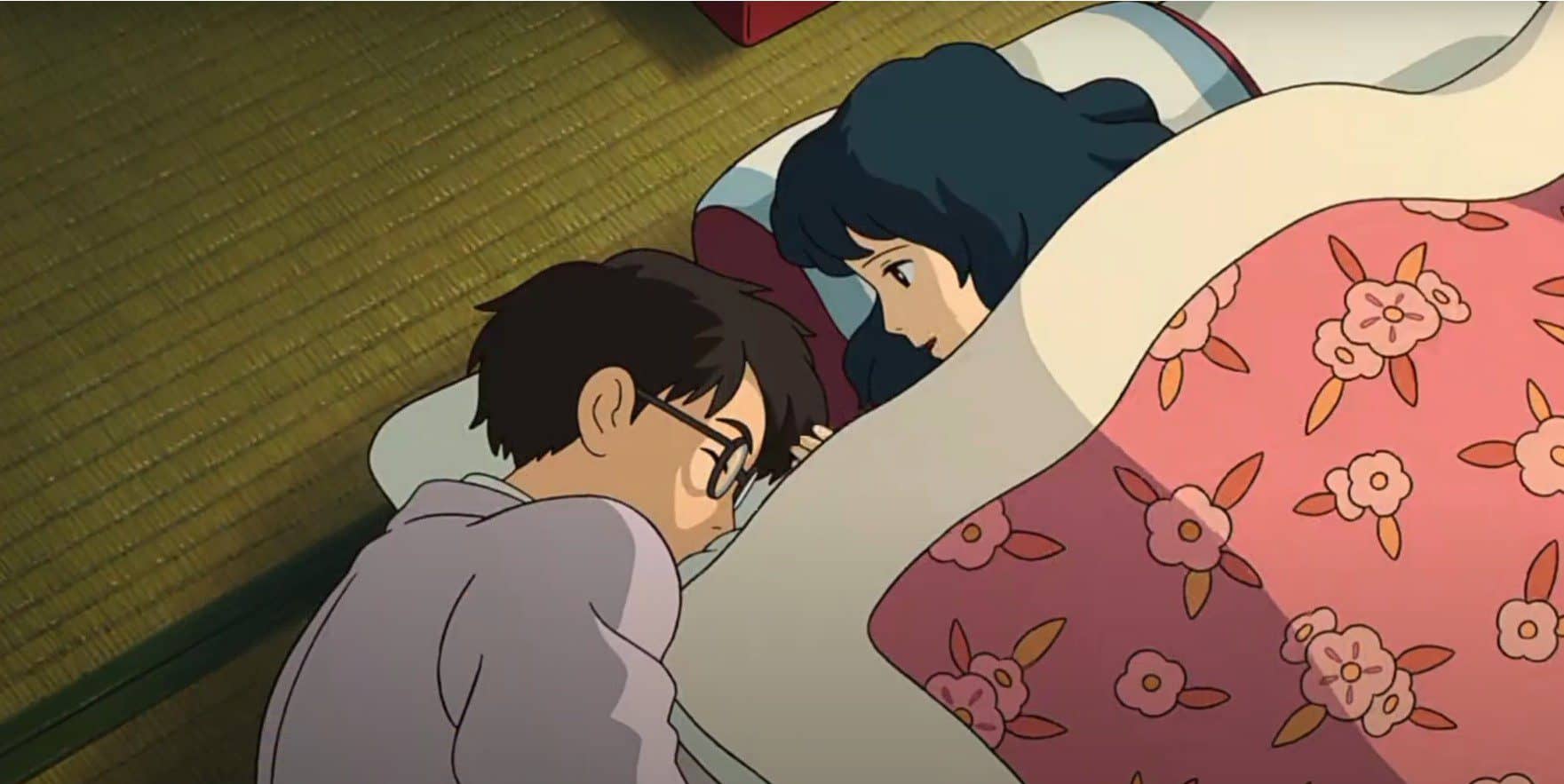
Jirô’s Relationship With Naoko Explained
During the second act of the film, Jirô is introduced to Naoko, a young girl whom he originally met during an earthquake. The two fall in love and eventually get married. Although she reveals, she has contracted tuberculosis. The romance is designed to mirror Jirô’s love for planes. Naoko is often blunt about her health which causes Jirô to view things at face value. Unlike avoiding moral confrontation with his love for planes, Jirô’s love for Naoko is based on the foundation of human connection. Both characters help each other become stronger through their interactions and motivations.
Jiro is corrupted by his love for designing planes. However, his love for Naoko is a positive influence on his character because of her moral purity. Naoko’s battle with tuberculosis mirrors Jirô’s fight with completing his project due to both of their ambitions to live together.
What’s interesting is how they both seem to end up in the same way. Naoko loses her fight with her illness, and Jirô’s warplanes are basically a means to an end. Eventually culminating in Japan’s total surrender. Overall, Jirô’s love for Naoko, while viewing it under a microscope, is stronger than his love for planes and acts as a representation of a positive love in his life.
The Wind Rises Ending Explained
In Jiro’s first dream, Caproni encourages Jirô to learn to build planes since his near-sightedness prevents him from becoming a pilot. The second dream contains a warning; Caproni muses on the fact that planes inevitably become tools of war. This is one of my favorite lines in the movie, and it captures the story’s essence by showing how tainted this world is.
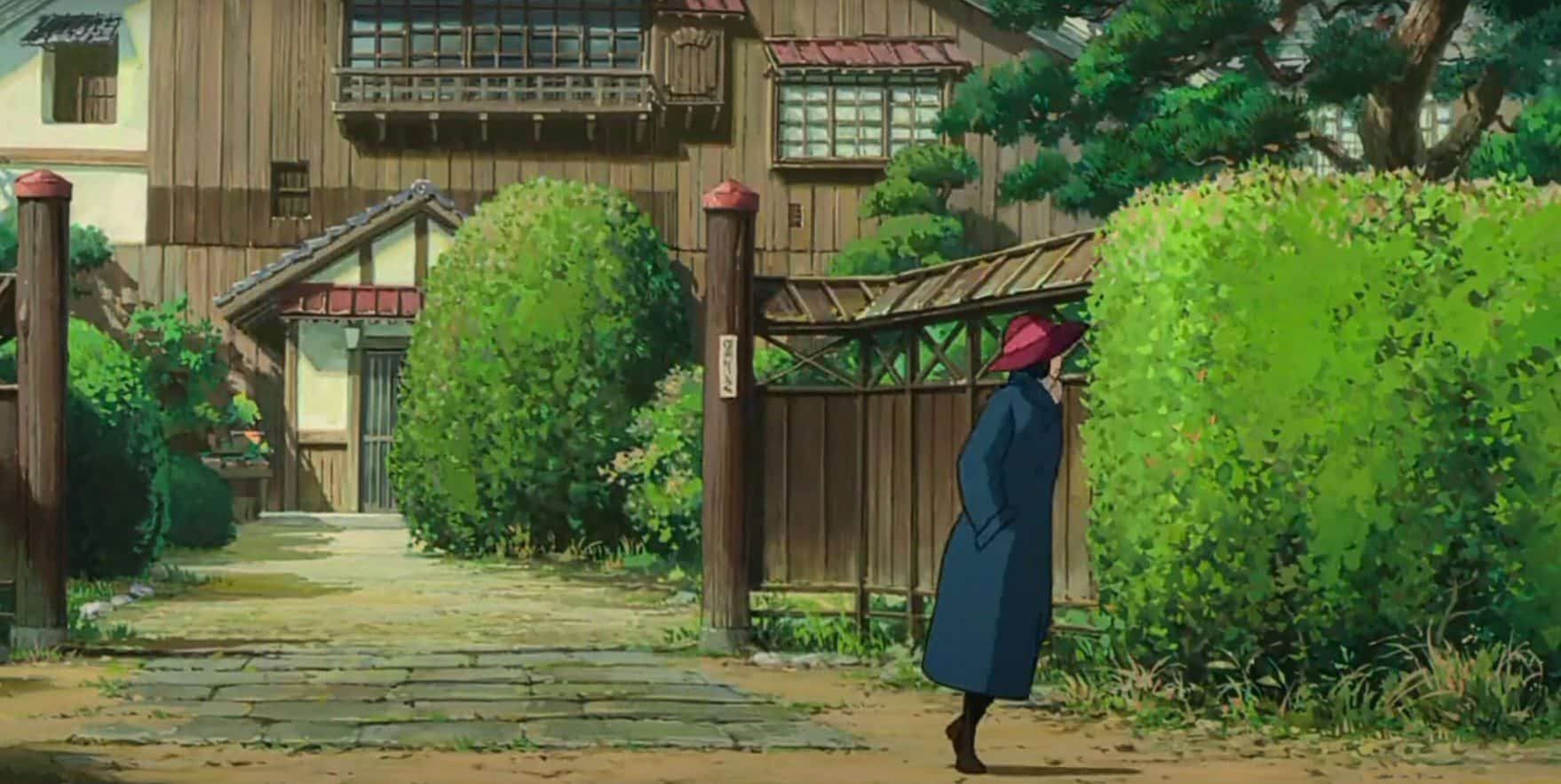
No matter how pure Jiro’s intention is, no matter how beautiful his dream is, it cannot stay that way. Jiro can’t build planes without building weapons of war. His love for aircraft can only be beautiful in his mind.
As the dream takes form as plans are drawn, and an aircraft I built becomes a curse, a tool of death and destruction. The same dwindling light is shown in life and health through Jiro’s wife, Naoko. Years after the earthquake, a chance encounter at a countryside hotel reunites. The two forge a beautiful summer romance that results in deep love and betrothal, and like anything else in this story, death sinks its feigns when Naoko learns she has tuberculosis.
As Jiro and Naoko marry and move in together, her health dwindles. As her health fails, Naoko makes a decision and leaves Jiro, and she returns to a mountain sanatorium to preserve herself in his mind.
At the test run for the 02, there’s a gust of wind and a whisper from the mountains that tells Jiro that Naoko has passed. At the same moment, the 02, his plane, his dream flies, but his eyes can’t find the sky. Even at the height of his triumph, the power of death tends to this grand moment. His co-workers need to drag his attention back to the success of the 02. At every moment, this film takes a tragic turn in this war stream world, death and illness hain over everything.
Beauty Is Fragile
But this film is not just endless sorrow. The darkness that hugs the corners and occasionally takes center stage does not do so just to depress but to exemplify the brightness that shows an equal, if not greater, strength. The very world and The Wind Rises hum with life alongside its anger. It’s not just a sparkle in the eye of the people either. Many of the planes are accompanied by sound effects that can only imagine or created with a human mouth. Gurgles and hums that sound like the planes are speaking to us, and we could make it out if we listened just a little bit closer.
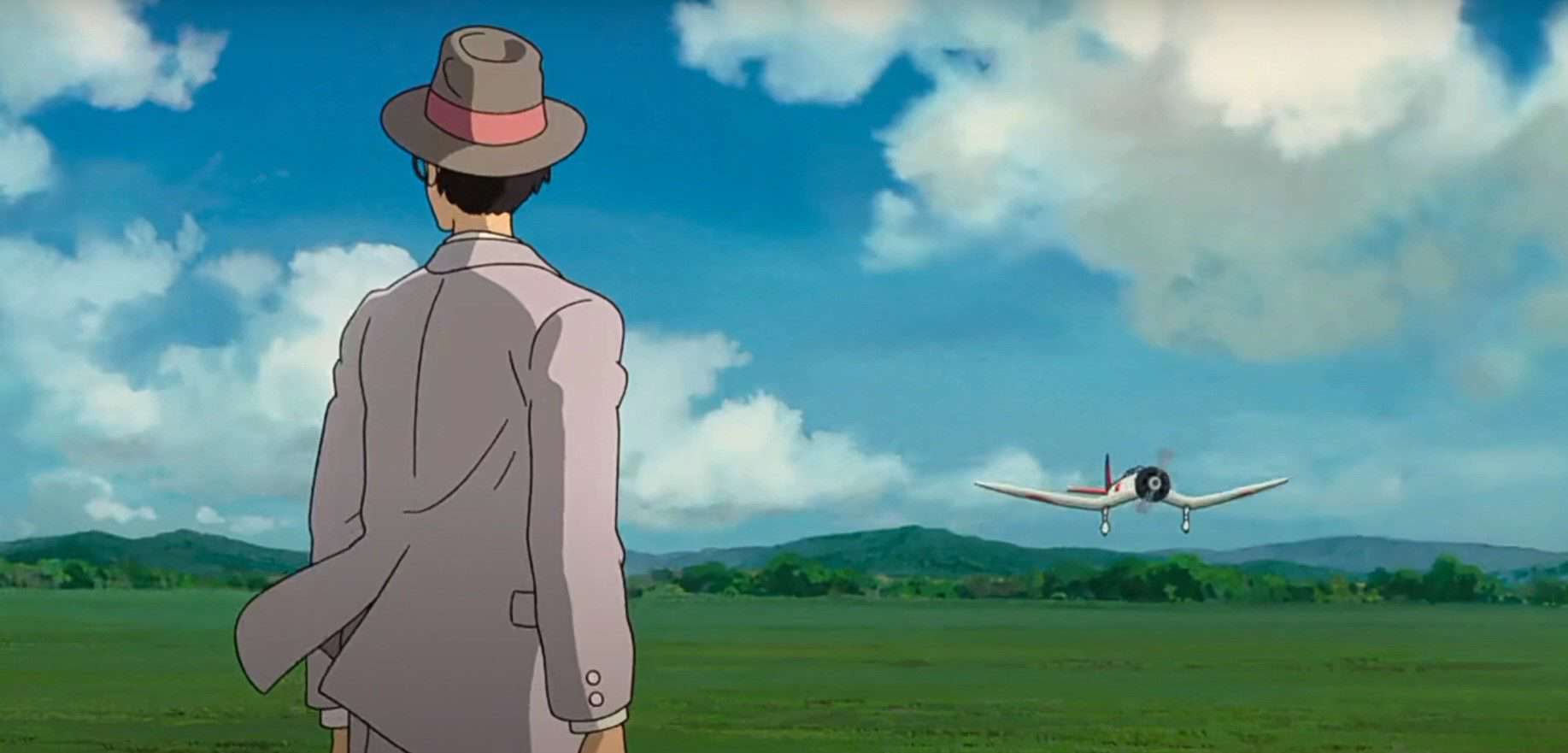
Even the earthquake imparts the idea of the earth living. The earth doesn’t just crap. The world roils beneath Tokyo. It ripples and stretches and groans like an old man tossing beneath the covers with a bad back. It’s a brief scene but imparts the idea of a weary world, and our characters have no choice but to inhabit; where else would they live their lives?
Jiro’s unique perspective on the world helps to sell this beauty. He’s a dreamer, a romantic even; he chases the sublime beauty of an elegant aircraft that glides with the wind.
Jiro sees beauty everywhere; he eats mackerel for lunch every day just to look at the bone, to see the simple gleaming curve. He appreciates the beauty of aircraft, of course, but also that of a simple radiator and sponge cape and, of course, Naoko. While his work often consumed his time, Jiro still came home for her. He dashed across the country to her bedside when she was ill, despite the risk as the police hunted him.
One of the most interesting insights “The Kingdom of Dreams and Madness” gave was how the ending of The Wind Rises changed. In Miyazaki’s original story and the one that got released. Jiro reunites with Naoko in his dream world alongside Caproni. In Miyazaki’s first ending, she tells him to come with her, and Jiro dies. But in the new ending, Naoko tells Jiro to live. This change marks the true meaning of The Wind Rises. The movie’s title comes from a Fench quote “The wind rises, we must try to live.” The quote opens the story before we see a single image.
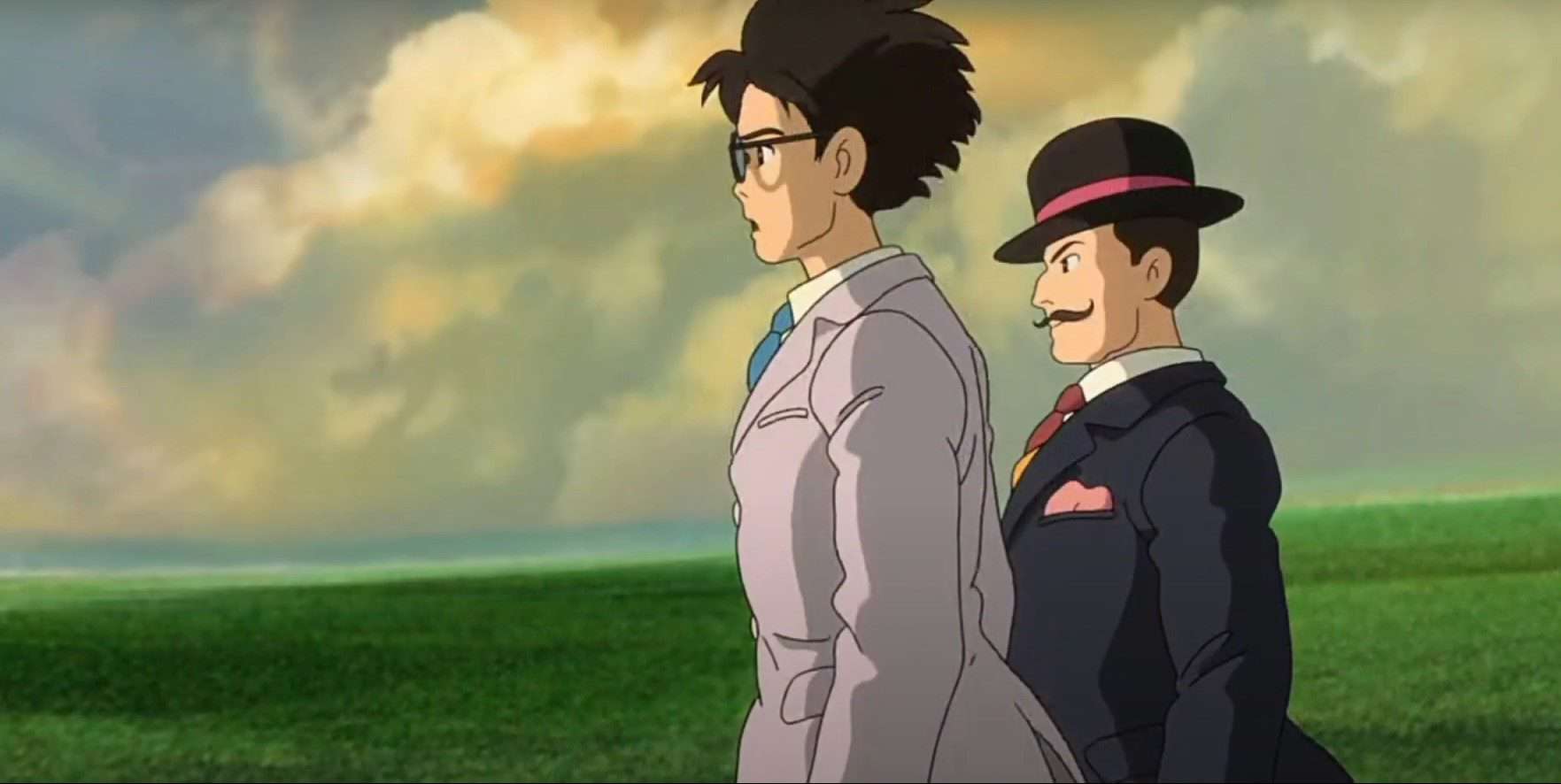
The message of this film is clear and simple “beauty is fragile; our lives, our dreams, and our health are mere flickers of time in a weary world.” But that doesn’t mean we shouldn’t look at the rising wind and hide our heads before it. We should hold our heads high into the gale and stand strong because while beauty may be fragile, creativity may fade, and health will die, and it is ours to have and appreciate while it exists, even though it might blow away like a summer breeze.
One’s Dream Leads To The Deaths Of Thousands
Jirô is a masterfully crafted character whose dreams have caused the destruction of thousands of people. It’s not until the end of the film do we catch a glimpse of Jirô acknowledging his involvement in the war. After his plane is finished and his test run is successful. Jirô glances at the countryside for an extended period of time.
As his co-workers cheer and celebrate, Jirô realizes his plans were ultimately built for the sole purpose of war which will lead to the deaths of innocent people. This scene mirrors the dream sequences he previously had, only now the magical elements of his planes are gone, and the film ends in a melodramatic way. However, proves to stand on its own compared to the rest of the film. In conclusion, the wind rises is a spectacular film that demonstrates Miyazaki’s legendary skills for the final time.
Also Read: 25 Anime like Do It Yourself That Are Addicting to Watch

